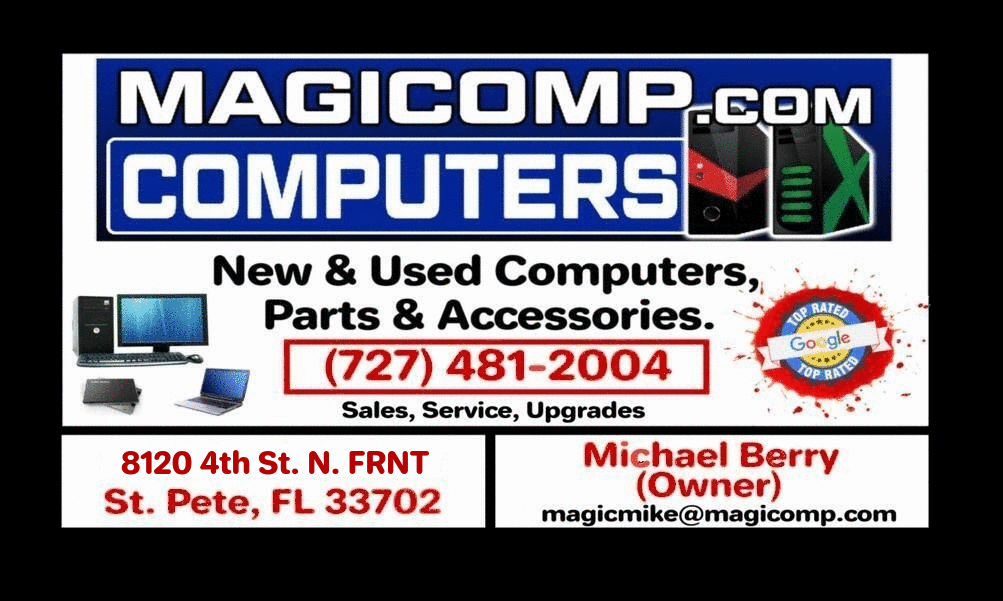“Players Come Back- Fans Don’t”

The longest sport’s strike in American history was over. In early 1991, the International Jai-Alai Players Association, known merely as IJAPA (pronounced “eehopa”) was the new player’s union representing most of the Jai-Alai players in the United States. Yet, to say there were some hard feelings was an understatement.
The Basques are a rare people. Living in small villages of the Pyrenees Mountains, they are hard working, honorable, competitive, and very, very stubborn. The strike was like a war. Insults and violent acts were a daily occurrence. At Miami Jai-Alai and most of the frontons, there were both union and non union supporters sharing the same locker rooms. They were, also, playing as opponents and teammates on the courts. Refusing to speak to each other is one thing. But, trying to win as a team when your partner spent over two years fighting against you outside on the picket line, that is another. But, I think their competitive nature sparked even greater play on the court. Neither teammate wanted to be blamed for missing a ball. Plus, our non-union players got more than prize money for beating a duo made up of IJAPA members, a vengeful satisfaction.
With nearly all the stars back on the rosters, the hope of management was that business would gradually return to pre-strike numbers. It was thought that the verbal abuse inflicted by the striking players on the fans would be quickly forgotten. But, we were all wrong. Our attendance stayed way down. The damage was done. But, was it temporary?
Riki Lasa, President of IJAPA, was negotiating a collective bargaining agreement with the different fronton owners. Roger Wheeler, Jr. owner of World Jai-Alai (frontons in Miami, Tampa, Ocala, and Ft. Pierce) was responsible for servicing a large debt, inherited from his father’s purchase of our company. After the murder of Roger Wheeler, Sr. in Tulsa almost 10 years earlier, Roger, Jr. and CEO Dick Donovan were holding off the banks saying all would change once the strike was over. It didn’t.
Donovan, as did many of the other owners, told Lasa that while he wanted to agree to many of the union’s demands in the new contract, he now faced serious financial issues due to the effects of the strike. In essence, there just wasn’t any money for player raises or larger rosters. Hell, we were actually in default of our more than $18 million loan from Southeast Bank.
But, the players didn’t want another strike. They got their union. They now had a voice at the table. There were some compromises and the frontons signed individual Collective Bargaining Agreements.
We began trying as many different promotions as possible at our World Jai-Alai frontons. We hired a new, prestigious advertising agency Hume- Sindelar and increased our advertising budgets. Another goal was to get as much free publicity as possible. We expanded our popular NAJF national tournaments. The needle barely moved.
Then, one morning in early 1991, I opened the Miami Herald and read a story about tourism in Miami being way down. It seemed we were going through a mini-tourism recession in South Florida and everyone was cutting budgets. A few days later, the tourism council announced they were firing their ad agency, Hume-Sindelar. Then, they lost another big account and within days were facing closing shop.
Steve Nostrand, an executive VP with Hume-Sindelar, was the consummate professional. Steve knew everyone in Dade County and was plugged in to all the tourism and political activities. He was not only the consummate professional, he was a great guy.
When Steve led the team pitching our account originally, I was blown away. His knowledge of advertising and love for Jai-Alai made it an easy choice. Hume-Sindelar won the account and did some great campaigns. I worked closely with him since I coordinated the advertising. We became great friends.
When Donovan heard Hume-Sindelar was in trouble, he called me into his office. “Do not approve another advertising bill,” he told me. “If the agency declares bankruptcy, our money may not actually pay the media bills. We have to be careful. It might even save us over $100,000.”
I was a little uncomfortable with this strategy. Donovan was looking at this as an opportunity… yes, to save the company money, but it was going to screw someone. I really didn’t want to see Steve or the agency get hurt.
The next day, it was announced that Hume-Sindelar was, indeed, declaring Chapter 11. Having lost their biggest accounts, they no longer could stay open. Amazing how quick it happens. Steve Nostrand called me that afternoon.
Steve confirmed to me what had happened. He asked if we could meet the next day to discuss the status of our advertising account. Also, he said we had almost $200,000 in outstanding invoices and if I knew the status of those bills. I couldn’t tell him Donovan’s plan, but implied he needed to discuss it directly with Dick. I told him to be ready to discuss Dick’s concerns.
After weeks of negotiating between Donovan, Bob Sindelar, and Nostrand, they reached a compromise. World Jai-Alai paid approximately half of the outstanding invoices. Apparently, many other clients didn’t even pay that much. Donovan was happy he saved some money. Steve was happy he was able to recover a substantial amount of money for the bankrupt agency. But, now we had to look for another ad agency.
Then, I had an idea. It was a huge gamble. Could I possibly pull it off? My heart began to pound. I started to sweat. This could change my life and the lives of Sue and the kids. I needed to talk to Steve Nostrand.










